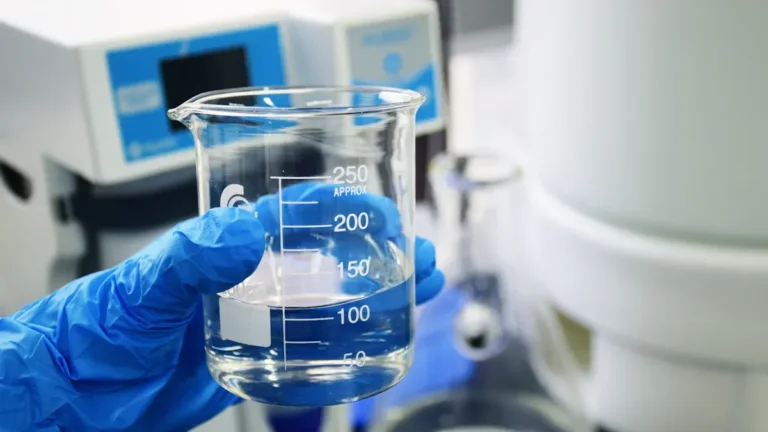Rimozione dei metalli Carbone attivo
.webp)
Buy Metal Removal Activated Carbon
Le sfide del settore
Selectivity Constraints
- Activated Carbons have differing adsorption efficacy when removing various metals (e.g., improved removal of lead but low removal of copper/iron).
- Chemically modified MRAC concentrates its efficacy, but is ultimately also limited when treating complex multi-metal streams as in mixing mining effluents that contain gold, silver, zinc or nickel.
Competitive Interference
- Non-target ions (calcium, organic compounds) compete with heavy metals (cadmium, copper) for adsorption sites in industrial wastewater.
- pH fluctuations further disrupt binding stability and ion selectivity.
Limitazioni della rigenerazione
- Recovering precious metals (silver, gold-cyanide complexes) via acid washing is inefficient.
- Incomplete impurity removal (iron/calcium salts) and reduced metal recovery rates occur during regeneration cycles.
Material Degradation
- Repeated regeneration diminishes porosity and functional group effectiveness.
- Pore blockage from oils/organics or chemical degradation necessitates frequent carbon replacement.
Hazardous Waste Management
- Spent carbon loaded with toxic metals requires specialized hazardous waste disposal.
- Sustainable regeneration technologies remain underdeveloped, creating logistical and environmental burdens.
tipi di carbone attivo correlati
-r8fslg51nt6wgjtvh6yldxb1gtkgm3lpe0oq1akgog.webp)
- Valore dello iodio: 600-1200
- Dimensione della maglia: 1×4/4×8/8×16/8×30/12×40/20×40/20×50/30×60/40×70 (più dimensione su richiesta)
- Densità apparente: 400-700
-r8fsli0q1h9h3rr567ruiwtynlb71ht629zozuhoc0.webp)
- Valore dello iodio: 500-1300
- Dimensione della maglia: 0.9-1mm/1.5-2mm/3-4mm/6mm/8mm (più dimensione su richiesta)
- Densità apparente: 450-600
-r8fslbfupn0gui0p8mxgjghqhw7mjm31pdfamwrfjk.webp)
- Valore dello iodio: 500-1300
- Dimensione della maglia: 150/200/300/350 (altre dimensioni su richiesta)
- Densità apparente: 450 - 550
-r8fsle9da54btbwls65c8xs4a1tq6pe8prdr2qn90w.webp)
- Valore dello iodio: 400-800
- Dimensione della maglia: 100×100×100mm/100×100×50mm (densità cellulare personalizzata su richiesta)
- Densità apparente: 350-450
- Diametro del foro: 1,5-8 mm

- Valore dello iodio: 700-1200 mg/g
- Superficie: 700-1200 m²/g
- Densità apparente: 320-550 kg/m³

- Valore dello iodio: 700-1200 mg/g
- Superficie: 700-1200 m²/g
- Densità apparente: 320-550 kg/m³

- Valore dello iodio: 700-1200 mg/g
- Superficie: 700-1200 m²/g
- Densità apparente: 300-650 kg/m³

- Valore dello iodio: 700-1200 mg/g
- Superficie: 700-1200 m²/g
- Densità apparente: 320-550 kg/m³

- Metodo di attivazione: Attivazione a vapore/gas ad alta temperatura
- Struttura dei pori: Dominata da microporosità, distribuzione uniforme dei pori
- Profilo ambientale: Senza sostanze chimiche, a basso contenuto di ceneri
- Applicazioni primarie: Adsorbimento in fase gassosa, purificazione dell'acqua potabile

- Metodo di attivazione: Attivazione chimica (ad es. H₃PO₄/ZnCl₂) a temperature moderate.
- Struttura dei pori: Ricca di mesopori, area superficiale più elevata
- Efficienza del processo: Tempo di attivazione più breve, resa superiore 30-50%
- Post-trattamento: Lavaggio acido necessario per rimuovere i residui

- Funzionalizzazione: Carica di agenti attivi (ad esempio, I₂/Ag/KOH).
- Assorbimento mirato: Maggiore cattura di inquinanti specifici (ad esempio, Hg⁰/H₂S/gas acidi).
- Personalizzazione: Ottimizzato chimicamente per i contaminanti target
- Applicazioni principali: Trattamento dei gas industriali, protezione CBRN
Perché utilizzare il nostro carbone attivo

Superior Adsorption Selectivity:
For precious and heavy metals due to engineered surface functional groups.

Enhanced Mechanical Durability :
Minimizes carbon loss during regeneration cycles in harsh mining environments.

Optimized Pore Structure :
Maximizes metal-loading capacity while resisting pore blockage from organic contaminants.

Sustainable Regeneration Capability
Maintains high performance through multiple thermal/reactivation cycles.

Proven Efficiency
In complex multi-metal streams like acid mine drainage and mineral processing effluents.
Processo e tecnologia
1. Precious Metal Recovery from Mining Wastewater
Panoramica della soluzione
Activated carbon adsorbs residual gold, silver, and other valuable metals from mineral processing wastewater (e.g., cyanide tailings). Parameters like carbon type, pH, and flow rate are optimized to maximize metal recovery.
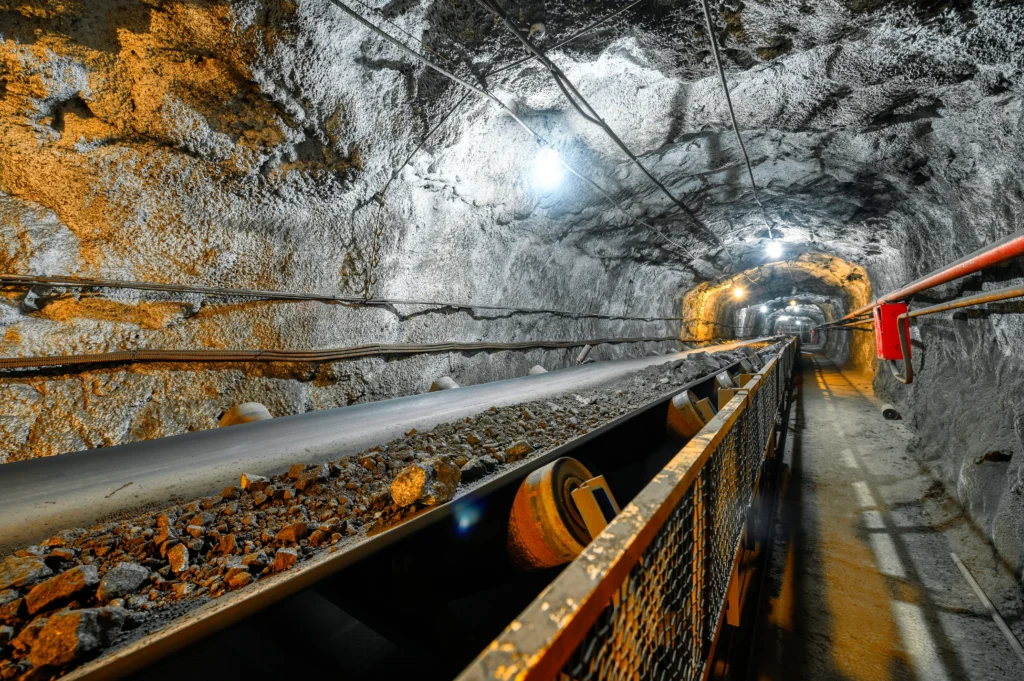
Vantaggi principali
- Selective adsorption: Targets low-concentration precious metals (e.g., 0.3 g/t gold) even in complex wastewater streams.
- Resource circularity: Transforms waste (e.g., tailings) into a metal resource, aligning with sustainable mining practices.
- Process flexibility: Tunable via carbon modification (e.g., acid-washed or OMC carbons) to enhance metal-binding capacity.
2. Heavy Metal Remediation in Acid Mine Drainage
Panoramica della soluzione
Acid-modified activated carbon treats Sb²⁺, As, and other heavy metals in mining-impacted soils or acidic pit water. A two-stage adsorption process at optimized pH (e.g., pH 5) immobilizes metals via surface complexation.
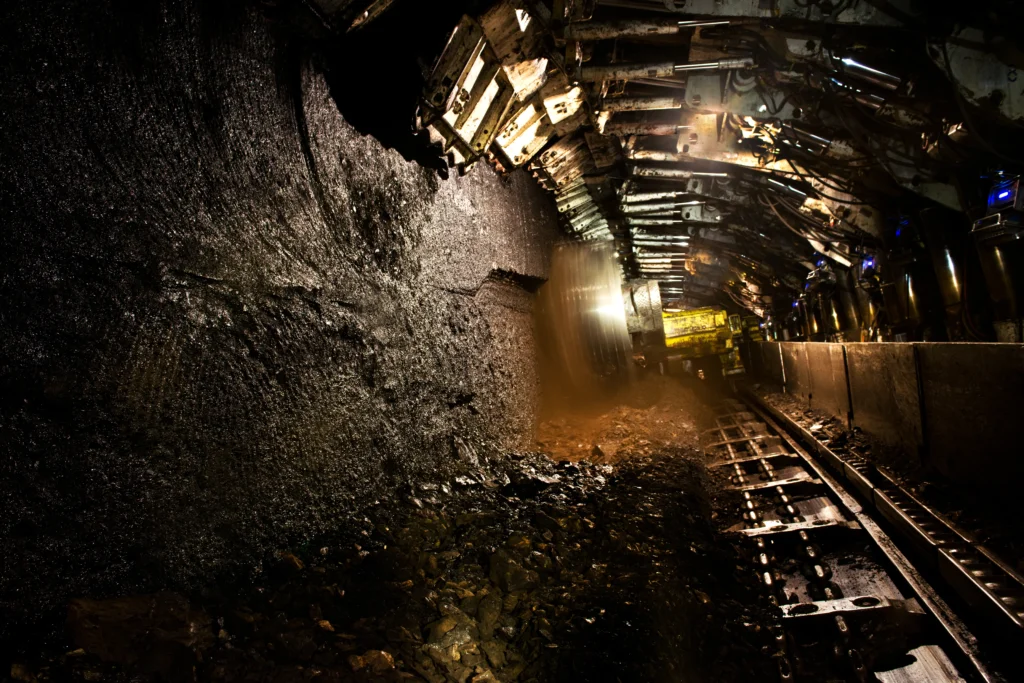
Vantaggi principali
- Multi-metal capture: Simultaneously immobilizes Sb (up to 97%) and As (up to 67%) by suppressing Fe(III) reduction and DOM shuttling in flooded soils.
- Enhanced material properties: Acid modification increases surface area and acidic functional groups, improving adsorption kinetics.
- Regulatory compliance: Reduces Sb²⁺ to <0.02 mg/L, meeting surface water Class III standards.
3. Soil Remediation for Mining-Impacted Areas
Panoramica della soluzione
Activated carbon amendments reduce mobilization of Sb and As in flooded mine soils by adsorbing dissolved organic matter (DOM), which inhibits microbial Fe(III) reduction and subsequent metal release.
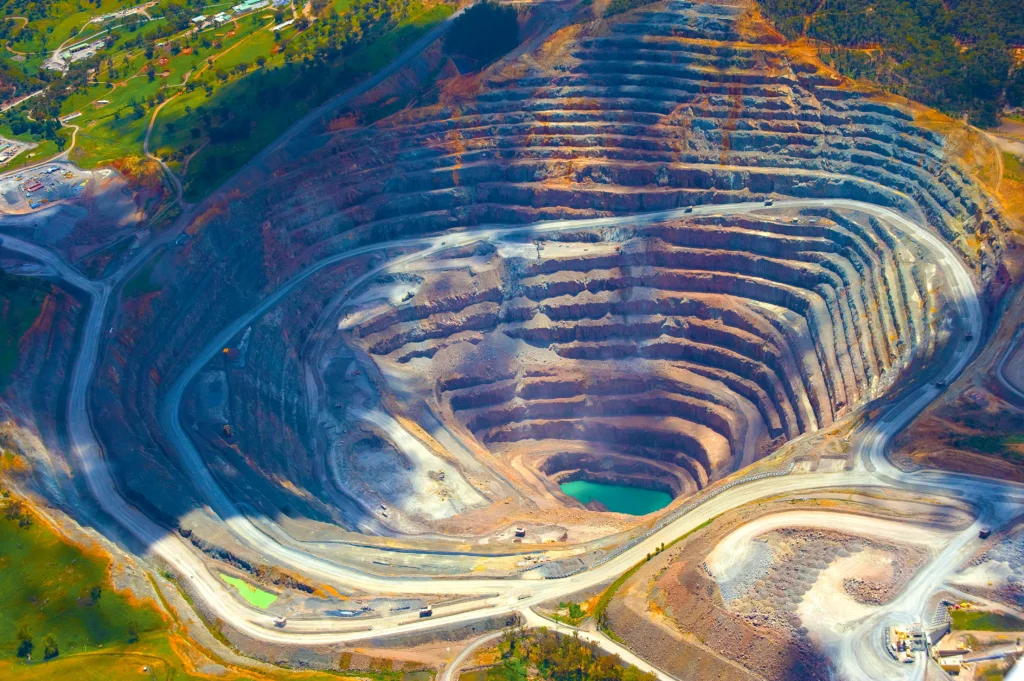
Vantaggi principali
- Risk mitigation: Lowers bioavailability and leaching of toxic metals, preventing entry into the food chain.
- Long-term stability: Maintains metal immobilization under anaerobic conditions typical of flooded mine sites.
- Material superiority: Outperforms biochar in DOM adsorption due to higher microporosity and surface functionality.
4. Advanced Carbon Modifications for Enhanced Performance
Panoramica della soluzione
Oxidatively Modified Carbon (OMC) or MMT-impregnated carbon are engineered for superior gold adsorption. OMC mimics graphene oxide's structure for high gold-cyanide affinity, while MMT-carbon enables full thermal regeneration.
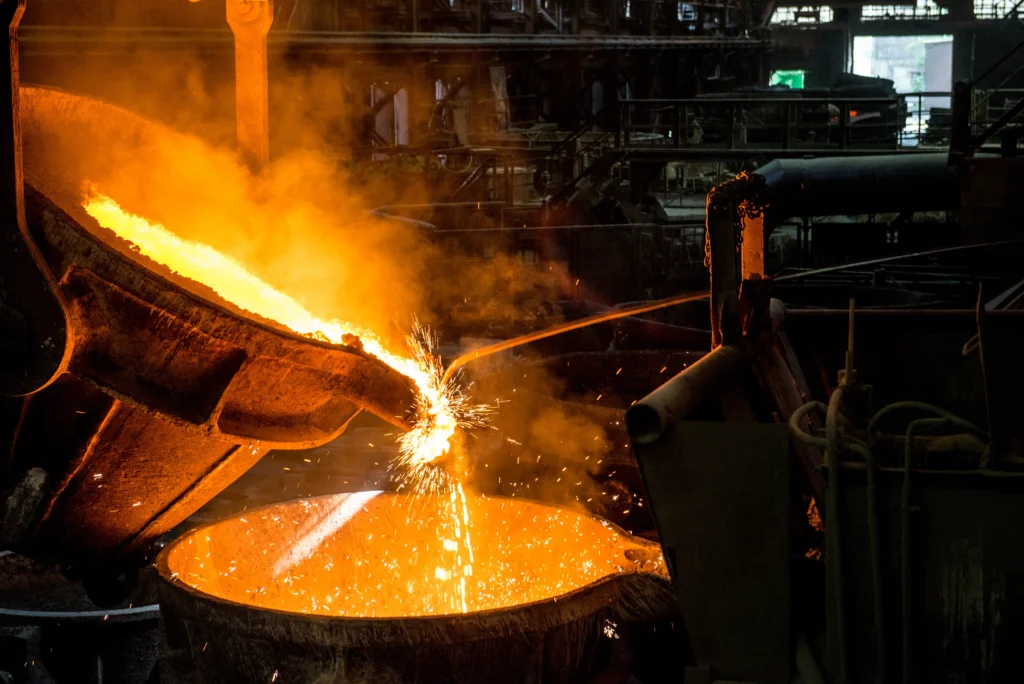
Vantaggi principali
- Superior capacity: OMC exceeds commercial carbons in gold adsorption due to GO-like surface chemistry; MMT-carbon achieves 100% desorption with thiosulfate.
- Eco-regeneration: MMT decomposes completely into gases, eliminating secondary waste.
- Renewable material: Coconut shell-based carbons offer high microporosity (>85% surface area), mechanical strength, and low ash content.

